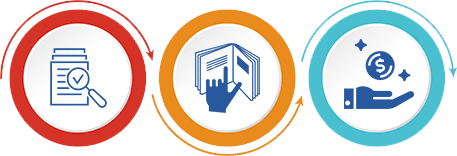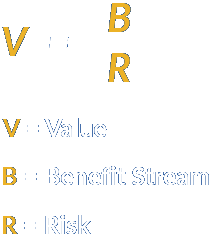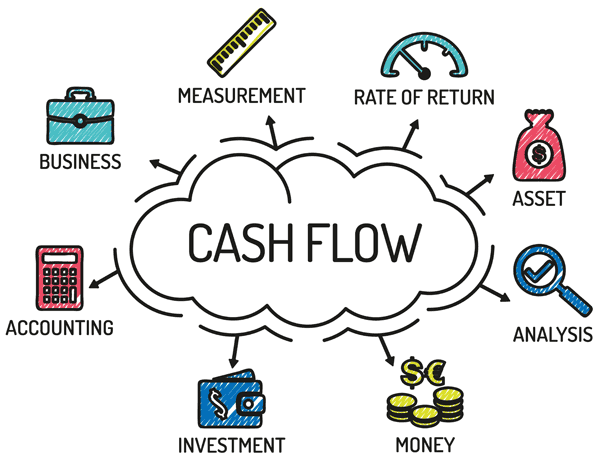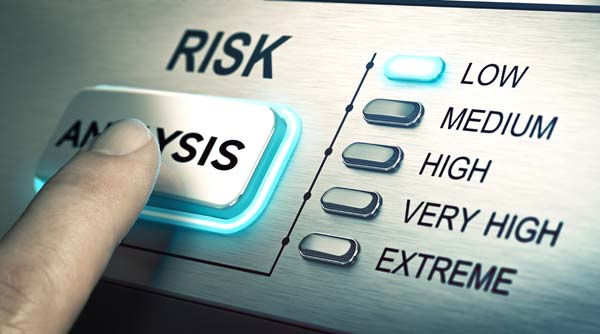How to Value a Business
Home / Business Valuation / How to Value a Business
So you want to know what your business is worth?
The answer might not be as simple as you think.
Quick Valuation Process

- Recast financials to get EBITDA or Discretionary Earnings (DE)
- Look up Multiple of Earnings (MoE) in reference book
- Value = MoE x EBITDA
Shortcomings of the Quick Valuation Process
- Historical numbers might not be a good indicator of future performance.
- The subject business might be larger or smaller than the typical size used by the MoE
- It does not take into consideration specific qualities of the subject business.
The Value Equation

V = B/R = (1/R) x EBITDA = MoE x EBITDA
Calculating Cash Flow
- EBITDA shows the pretax revenues of the business unencumbered.
- Used to more easily compare cash flows and calculate post transaction debt structure.
- A “Quality of Earnings” analysis by a CPA firm is a deeper dive into the current and predicted future cash flows of the business. Used by private equity and alternative lenders.
Components of Risk
- Cost of Capital: Lower capital costs equate to higher business valuations
- Revenue Size: As revenues increase, so does the multiple of earnings
- Industry: Risk vs reward factors vary from industry to industry
- Company-specific: There are many elements of a business that can have a significant impact on the company's value
Company Specific Elements
- Value Drivers: Elements of a business, or its environment, that helps sustain or increase future revenue streams.
- Risk Factors: Elements of a business, or its environment, that can negatively affect current or future earnings.
- Synergies: Those elements of a business that are missing which could drive earnings or reduce risk.
Final Analysis
- The quick valuation process will give you an idea of where the general market is.
- A deeper look will uncover both hidden value and risk, enabling a more comprehensive valuation.





